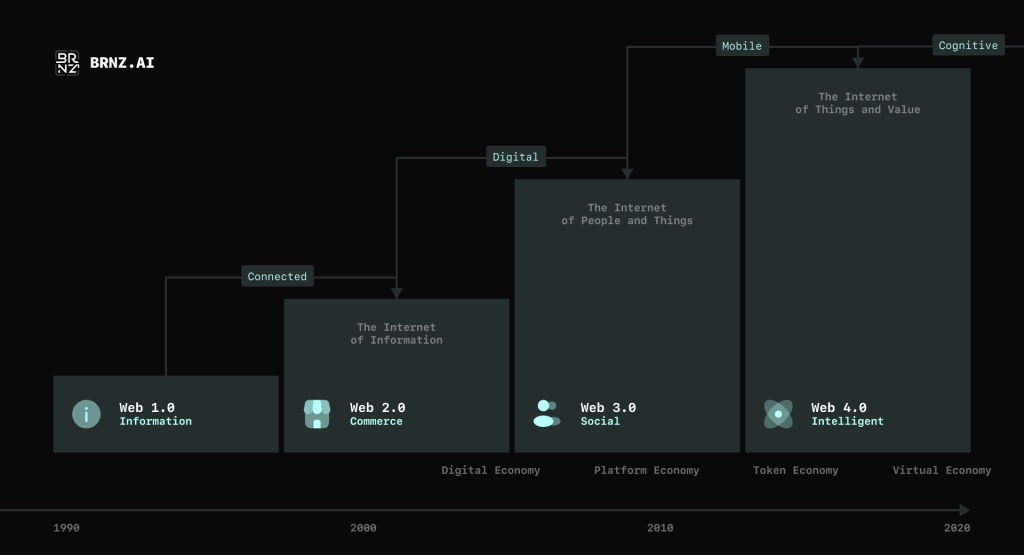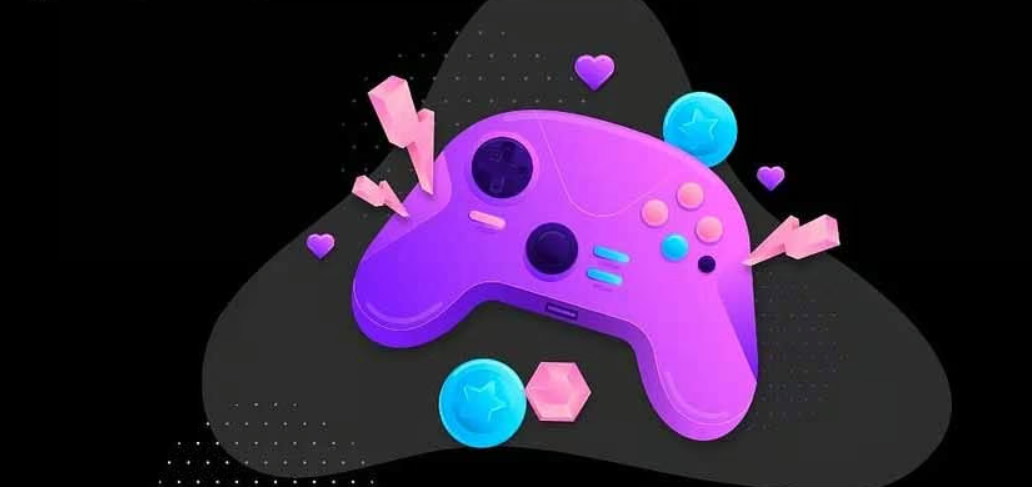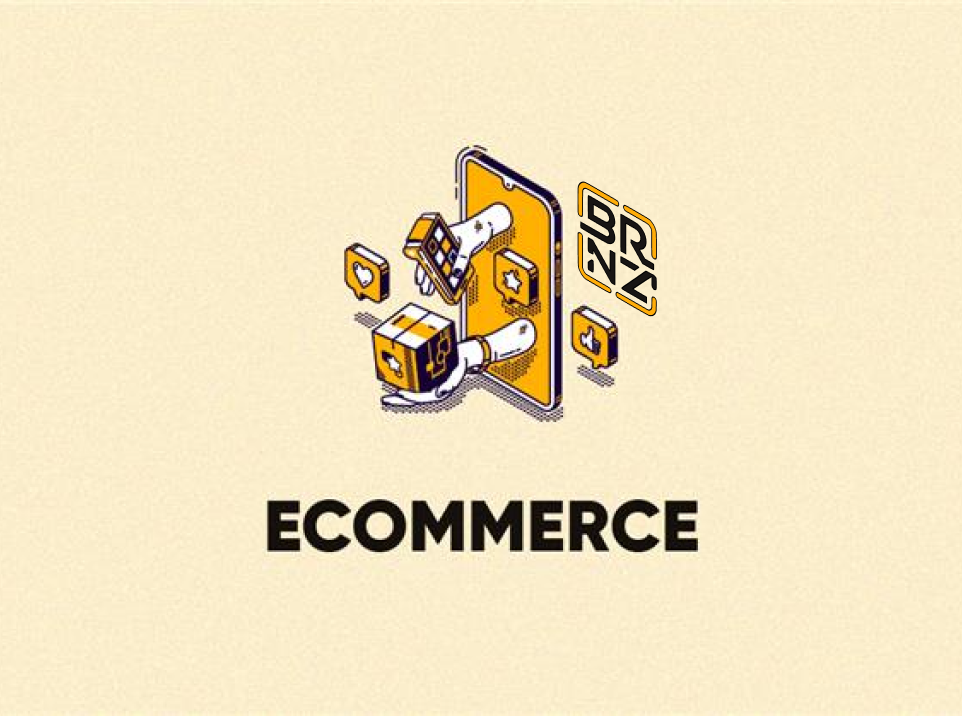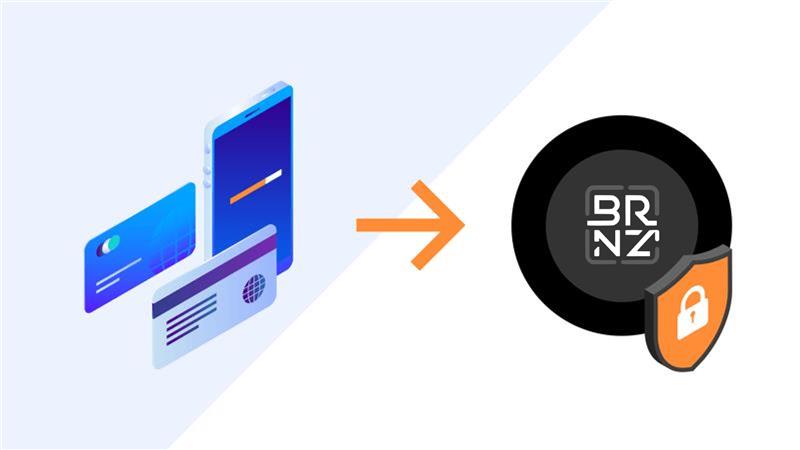The gaming industry is on the brink of a revolution. According to the latest Blockchain Gaming Industry Report by the Blockchain Game Alliance (BGA), 2025 will be a defining year for blockchain gaming, where bold predictions and emerging technologies promise to reshape everything we know about the space.
Let’s be clear: this isn’t just an incremental upgrade—it’s a complete overhaul. Consolidation, seamless Web4 integration, AI-powered personalization, and unprecedented interoperability are set to redefine what gaming means for developers, players, and businesses alike.
But here’s the kicker: if you’re not ready to adapt, you’ll be left behind.
1. Consolidation of Chains and Infrastructure
The blockchain gaming industry is experiencing rapid growth—but with nearly 16,000 chains tracked by CoinGecko, it’s become a chaotic landscape. Developers are overwhelmed, and users face fragmented experiences.
According to Megan Doyle from Sequence, “Web4 solutions are shifting to all-in-one platforms to drive meaningful growth.” This means chains and tools will either merge or focus on interoperability to create seamless ecosystems. The era of fragmented blockchains is ending, and unified ecosystems will rule the space.
2. Web4 Elements: Invisible but Powerful
Forget the clunky wallets and confusing gas fees of Web3. In 2025, Web4 elements will operate quietly in the background, much like browsing the internet without worrying about HTML.
Jack O’Holleran of SKALE Labs explains, “We’re entering a phase where infrastructure must add value, not friction.” Players will only interact with blockchain elements when it enhances their experience, like carrying assets effortlessly across platforms.
This is the Web4 we’ve all been waiting for—one that doesn’t feel like Web4.

3. AI-Powered Personalization: The Game Changer
AI is no longer a buzzword—it’s the engine behind transformative gaming experiences. Imagine games that adapt dynamically to your play style, suggest quests tailored to your skills, or even create entire worlds based on your preferences.
Take Mirai Labs, for example. They’re leveraging AI not just to automate but to create the impossible: autonomous worlds and fully on-chain games. As Co-founder Corey Wilton puts it, “AI isn’t just a tool; it’s the gateway to previously unimaginable experiences.”
4. Real Interoperability Beyond Assets
By 2025, interoperability will transcend simple asset transfers. Players will carry achievements, skills, and even reputations across games.
Giulio Xiloyannis, CEO of Pixelmon, envisions a world where “an RPG-captured Pixelmon could be used as a card in a TCG game, tradable between players.” This isn’t just about gameplay—it’s about creating economies that thrive across platforms.

Jon Jordan of GamesTX believes this aligns perfectly with blockchain’s decentralized vision, fostering collaboration between developers and shared tech stacks.
5. Decentralized Esports: A Fairer Game
Traditional esports often leave fans feeling disconnected and leagues controlled by big corporations. Blockchain is flipping the script with decentralized esports.
GAIMIN’s CFO, Nokkvi Dan Ellidason, sees this as a way to create a “transparent ecosystem with instant prize pool payments and advanced anti-cheat measures.” Fans will no longer be passive observers but active participants with shared ownership in the ecosystem.
6. SocialFi, Memecoins, and Community-Driven Rewards
Gaming is becoming more social and community-driven than ever. SocialFi integration, which blends gaming and finance, is gaining momentum by fostering emotional engagement and user connections.
Even memecoins, often dismissed as novelties, are proving to be cultural touchpoints that accelerate Web4 adoption. “Memecoins make the space approachable,” says AO Labs Co-founder Christy Choi.
Meanwhile, play-to-earn models are evolving into reward systems that promote creativity and community-driven economies. Ubisoft’s Nicolas Pouard believes the focus is shifting toward “incentivizing constructive behaviors and fostering creativity through user-generated content.”
The Road Ahead: Opportunities and Challenges
While blockchain gaming’s potential is immense, the industry faces critical hurdles. Onboarding remains clunky, misconceptions persist, and user experience must improve drastically.
Yet the opportunities outweigh the challenges. South America, the Middle East, and Africa are emerging as hotspots for growth. Small- to mid-sized studios transitioning into Web4 are poised to become major players, thanks to increased monetization avenues.
The Final Word
2025 will either cement blockchain gaming as the future of entertainment or expose its limitations. But one thing is clear: the industry is evolving faster than anyone imagined.
So, here’s the real question: Are you ready for what’s coming? Will you embrace the shift or be left behind in an outdated paradigm?
Let’s hear your thoughts: Is blockchain gaming in the Web4 era the next big thing or just another overhyped trend?



